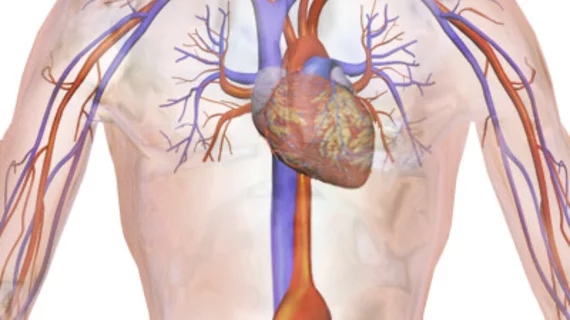FDA grants breakthrough device designation to new AAA sealing system
Endologix, a California-based healthcare technology company, announced July 19 that its Chevas (Chimney Endovascular Aneurysm Sealing) system for abdominal aortic aneurysm (AAA) patients has received the FDA’s breakthrough device designation.
The new solution combines the company’s Nellix 3.5 endograft with parallel visceral stents for the treatment of juxtarenal, pararenal and suprarenal AAA. It is currently being evaluated in the ongoing Chevas One investigational device exemption (IDE) clinical study.
“The aneurysm sac sealing technology featured in the Chevas system is designed to reduce endoleaks, including gutter endoleaks, that are reported after endovascular treatment of complex aneurysms,” James McKinsey, MD, the leading enroller for the Chevas One IDE study, said in a statement. “Our initial clinical results of this therapy have been promising in a challenging group of patients.”
McKinsey is scheduled to present findings from the trial at the Eastern Vascular Society Annual Meeting on Sept. 26.

